How to Commission a Painting You’ll Actually Love
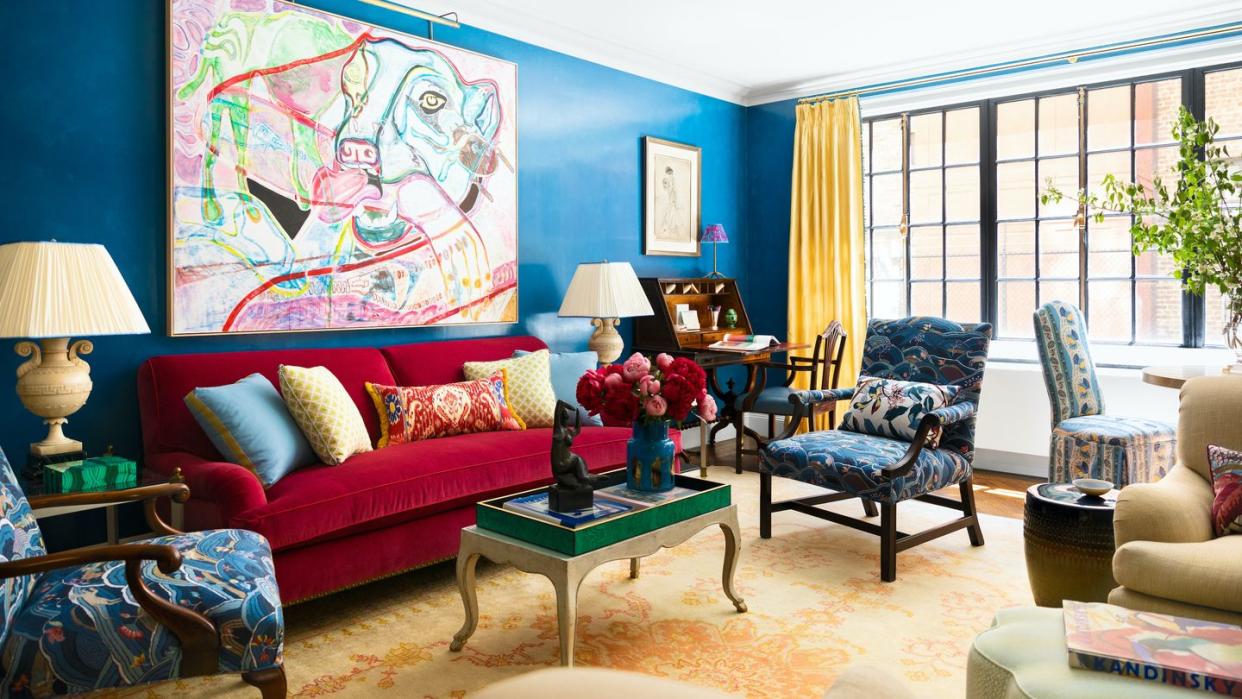
"Hearst Magazines and Yahoo may earn commission or revenue on some items through these links."
Whether you prefer vintage art, brand-new pieces or a mix of both, it can feel tough to narrow down the options to decide what’s truly worthy of the investment—and a space in your art collection. We’ve coached you through how to tell if a piece of art is “The One,” and have shared insights about the biggest art trends so you can shop savvily.
But what if the opposite issue is actually true; rather than having too many options, you can’t quite find what you’re looking for? If this rings true for you, it might be time to consider commissioning a painting.
What Does It Mean to Commission Art?
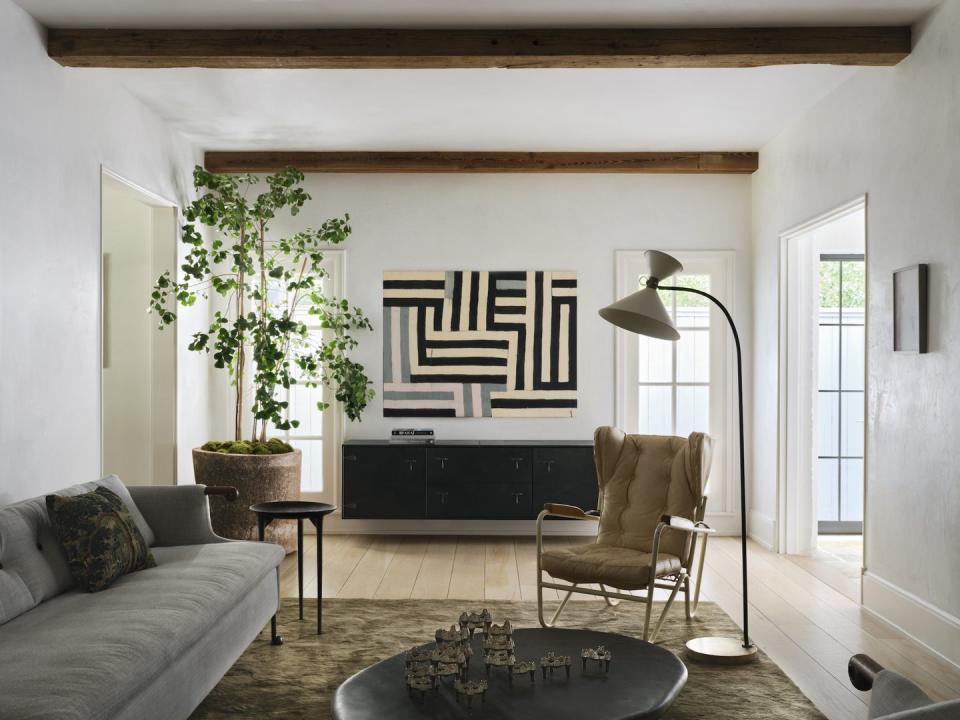
Commissioning a painting is when a client is connected directly to an artist—either personally or through an art broker or gallery owner—to buy a custom painting, explains Mollie Creason, owner and chief curator of Well + Wonder Artist Collective in Louisville, Kentucky.
“The commissioned piece is usually inspired by a previous piece or series the artist created, but made to the exact specifications in terms of color scheme, subject and size to suit the space where it will hang,” adds Erin Donahue Tice, an artist and textile designer in Austin, Texas.
Creason has worked with individuals who have commissioned original art to be created that was inspired by a child's portrait, a landscape of the client’s favorite place, and an old family home. She has also paired artists with individuals who wanted something similar to what the artist had made before, just in a specific size or colorway.
Sometimes, the client gives the artist free reign to create based on their personal vision that will complement the space. In other cases, the client offers more direction related to how they envision the finished product.
“Commissions are great options if you love the work by an artist, but need a specific size of art or would love to incorporate a specific color or subject matter,” says Liz Lidgett, the founder and owner of Liz Lidgett Gallery in Des Moines, Iowa. “Each artist has a different level of comfort with the amount of direction they’ll incorporate.”
The Benefits of Commissioning Art

“The greatest benefit of commissioning a painting is partnering with an artist you love to create a one-of-a-kind piece that will live in your home forever,” Creason says.
While the process is definitely a partnership—and not a dictatorship run by the commissioning client—the individual gets to choose the size and general color scheme, says Donahue Tice, who has commissioned art for many clients.
“If you’re the type of person who sees a piece and wants a carbon copy, then a commission is probably not for you,” Donahue Tice adds.
By working closely with an artist, you get to know them well and get to witness parts of their creative process at play.
Who Should Consider Commissioning Art
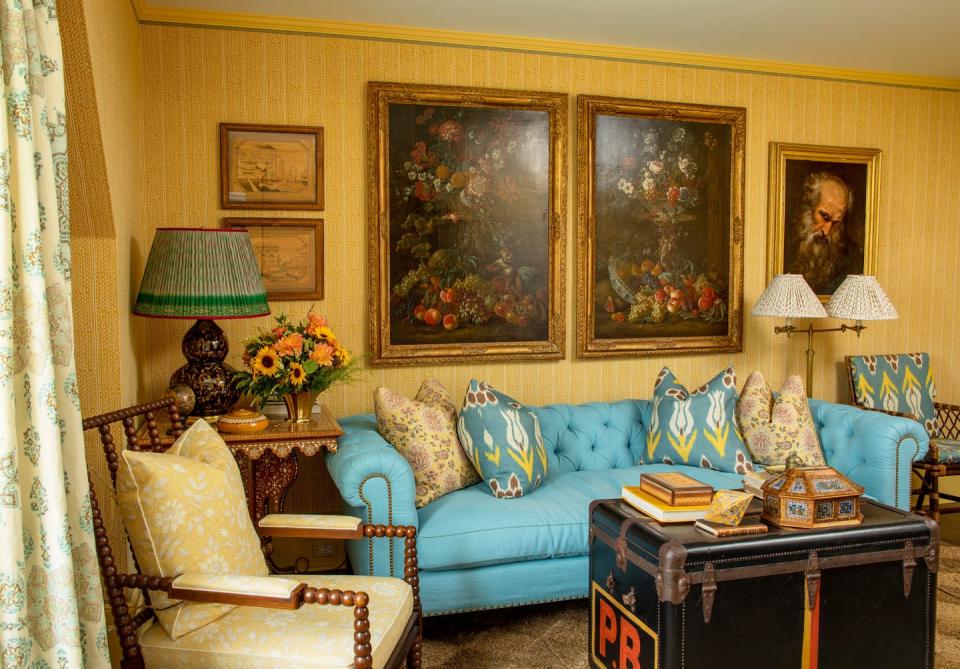
The best candidate for commissioning art is someone who has faith in the artist's vision and enjoys the process of watching a piece unfold from beginning to end, Donahue Tice says. Perhaps you’ve followed the artist’s career for years and finally landed on the space that’s begging for a painting, only to find their collection is sold out. Or maybe you recently stumbled upon the artist's work and the emotion it evoked kept inspiring you to return to their gallery again and again to check out their most recent work, but are craving something custom. Or you could simply be inspired to invest in that particular artist and feel passionate about supporting their vision, mission and business.
Regardless of the inspiration, you’re a good candidate to commission art if you’re willing to give low levels of direction, then let the artist do their thing, Lidgett admits.
The number one rule is to trust the process.
“It can be difficult not knowing what the final piece will look like until the end, but remember why you chose that artist,” Lidgett advises. “You love their work for a reason! One great example was a family we worked with that loved an artist’s work, and bees had a very special meaning for them. The artist was able to create a work that was true to them, but then also incorporated a small bee. This is something that the family will always know is there for them and was made with them in mind.”
How to Commission Art
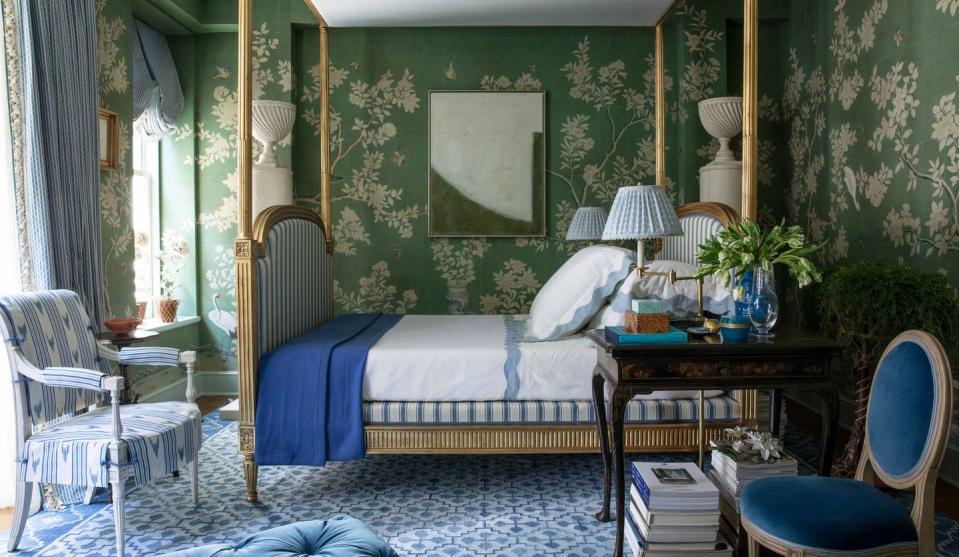
If you’re still seeking your artistic perfect match, reach out to an art gallery owner or broker, Creason suggests. This can be particularly helpful if you have some examples of art you like (say, some saved images on Instagram or Pinterest), but those works are outside of your budget. These consultants can also clue you in about if an artist accepts commissions or allow you access to a curated group of artists who do, plus they can share information on pricing, availability, timeline and the deliverables that the artist requests.
When you meet with a gallery owner or broker, you’ll likely receive a series of simple questions, Lidgett says. Come prepared to answer:
Do you have an artist in mind for this commission or would you like our recommendation?
What is your total budget?
What is the size of your ideal creation?
Are there any special items or colors you would love to have included? (This is not always a guarantee, but it can be nice to share with the artist. Fabric swatches or examples can be helpful here.)
From there, “each artist's process is different, but many send progress updates along the way for the client to weigh-in with feedback. Some artists create two pieces to let the client choose which one they like best, and most offer small changes or edits before approval,” Creason says.
Donahue Tice walks us through what it looks like when a fan reaches out to her directly to commission a painting.
The client reaches out via Instagram, email or her website’s commission form to express interest in custom art. At this time, they receive her price list and lead time (which is currently about 9 months).
Donahue Tice then meets with the client in person or on a video call to discuss the project in more detail. If they decide to move forward, she sends the client a contract, a list of the action steps so they know exactly what is “included” (such as the number of revisions) and an invoice for 50 percent of the total price of the piece to reserve a spot in her production calendar.
At this point, she requests photos and videos of the space to get a closer look at the furniture, fabric and wallpaper that will play with the painting. Ideally, the client will also share two to four paintings of hers that they really enjoyed to inspire the custom art she’ll be creating. “I’ve also had clients send me inspiration photos from travel, interior design and fashion,” Donahue Tice says.
After she receives the deposit, she officially adds the client into her schedule.
As Donahue Tice paints, she refers back to those inspiration assets to jog her memory. She frequently offers progress updates to the commissioner to ensure the direction matches their vision. “Over the course of the next few weeks or months, I keep working on the piece, building layers and getting it to a place where I feel it's complete,” Donahue Tice says.
When she feels like she’s achieved both her vision and the client's dream, they meet again in person or on a video call, or Donahue Tice sends photos and videos via text or email. At this point, the client can offer feedback. If a client suggests changes, Donahue Tice goes back to the easel to repeat the process of layering and working it until she feels that it's ready. If they approve, it’s time to varnish and frame—and time to send out the invoice for the final 50 percent.
The art is then delivered to the client, who receives and hangs the piece. “I love receiving photos or videos once the piece is hung,” Donahue Tice says.
If you worked with a broker or gallery owner, they can jump in after step 6 to advise on framing (if the artist doesn’t provide this), installation and proper lighting of the painting, Creason adds.
How Much Does Commissioned Art Cost?
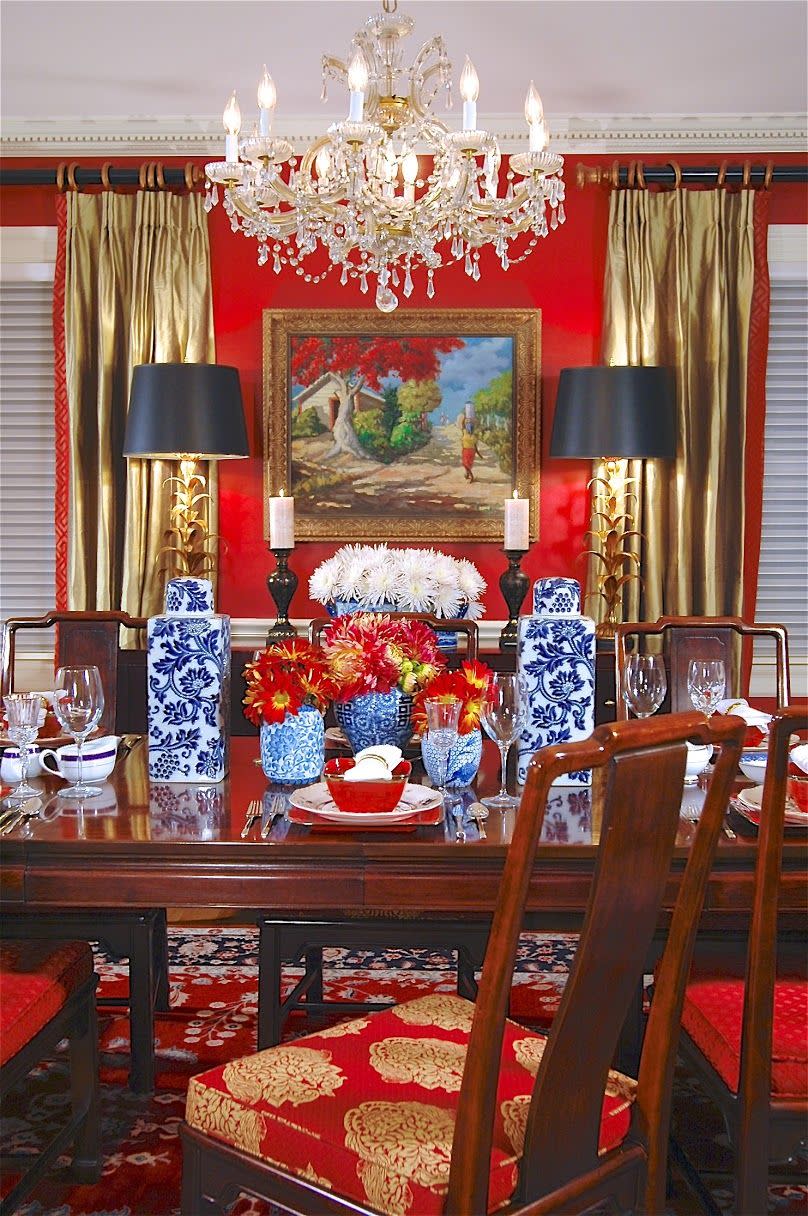
This factor also varies by artist, based on multiple factors including perceived value, whether it’s framed, and the artist’s experience level. Some artists price all of their work per square inch, and keep that level consistent for their original work and commissioned pieces. Others add about 10 to 20 percent for the additional effort it takes to commission, Lidgett estimates, which accounts for the extra logistics and rounds of revisions.
“Some artists also may have a price minimum for their commissions,” Lidgett adds. In any case, “it’s customary to pay 50 percent up front for the commission to begin.”
Creason recommends perusing an artist’s current and previous collections to be well-informed of the potential investment. You can also ask at the outset for a price estimate.
Art-Commissioning Mistakes to Avoid
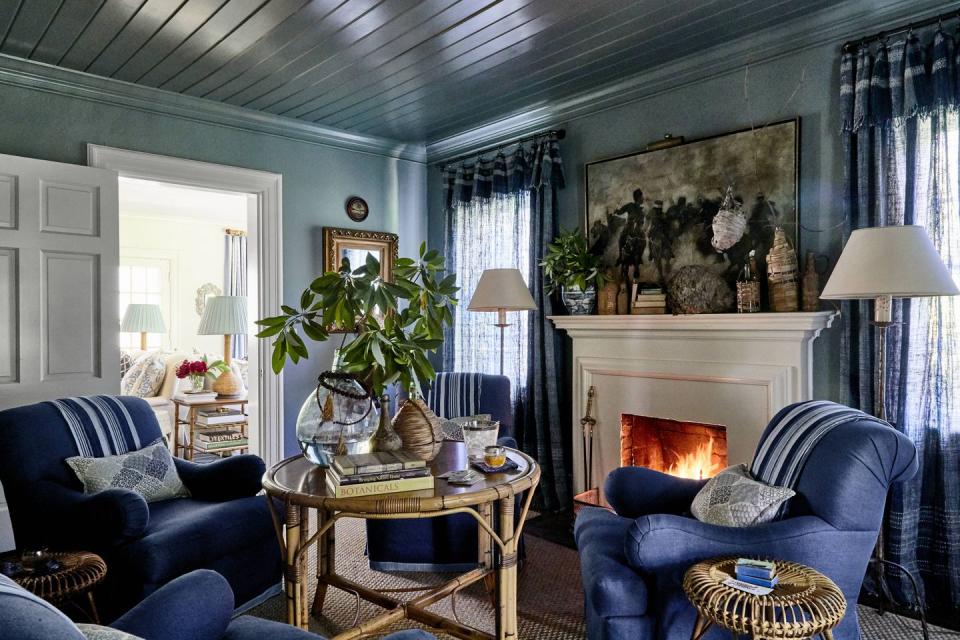
The biggest issues typically arise when the client doesn’t step aside and let the artist flex into their zone of genius.
“Some clients get really excited about the commission process and feel that they may want to give a lot of directions. The ultimate goal is to find this happy medium where the artist can create freely while also helping you with a piece that was made for you,” Lidgett says.
Try not to get too wrapped up in an artist’s previous work to be able to see the beauty in the new piece they created just for you.
“It's impossible to recreate an exact piece! They cannot replicate the brushstrokes, the same mixing of colors, and the overall feel of a painting into another canvas,” Creason confirms. “But you trust this artist, so allow them the creative freedom to create your unique piece.”
Donahue Tice sometimes interacts with people who like to share so much of their own “creative direction” that she’s unable to make even small changes on her own. This can lead to a piece of art that feels overworked or can alter the entire look of a painting—“and almost always, not for the better,” according to Donahue Tice.
The Bottom Line
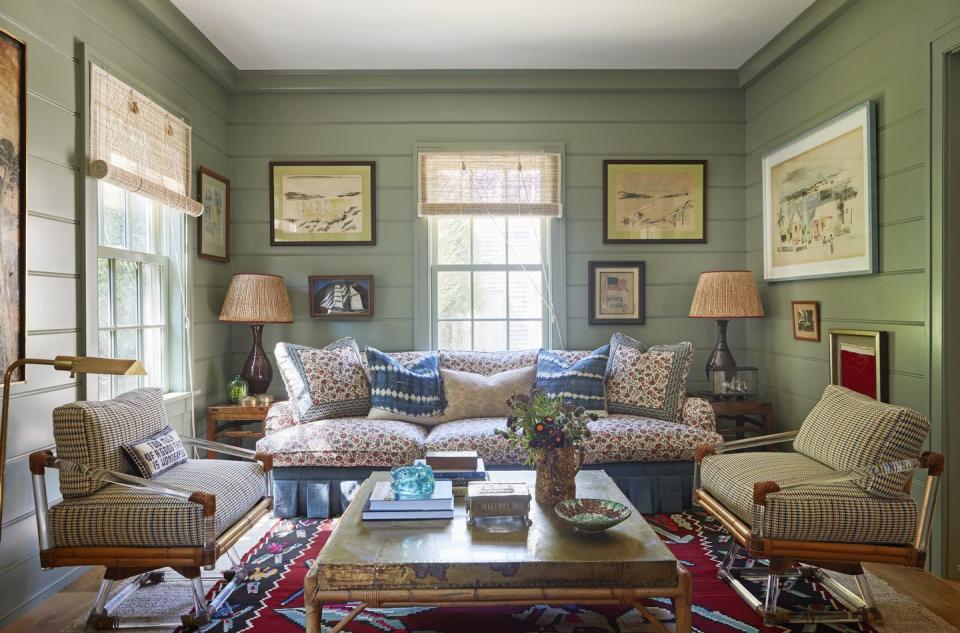
Commissioning a painting can be a beautiful dance between artist and client, the artists and gallery owners we spoke to agree.
The process of commissioning a painting involves selecting an artist (an art gallery owner or broker can aid in this process). Then, the client shares their vision, puts down a 50 percent deposit and the artist gets to work on creating the custom piece. Along the way, the artist generally shares updates in the clients and might offer a round or two of revisions, then once the piece is perfected, it’s delivered (and hopefully doted upon as part of the art collection).
“When everything is flowing and the artist and client are in sync, it's a very intimate and special experience to collaborate on a custom piece that hopefully the client can cherish for many years to come,” Donahue Tice says.
You Might Also Like

